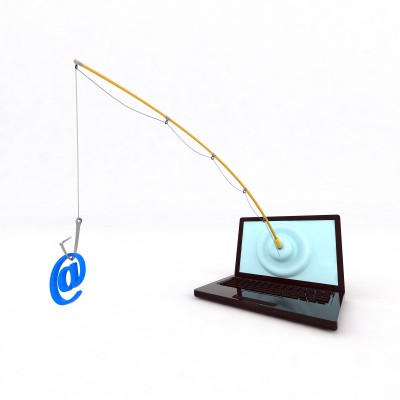The number of scams involving prescription drugs online has blown up in recent years, with scam artists posing as DEA and FDA agents and using an extortion scam in an attempt to get a “fine” out of online pharmacy customers.
With prescription drug prices at an all-time high, it’s no surprise that millions of people across the globe are looking online for the best prices for their medication. But where there’s opportunity, scammers can’t be far behind. The typical scam sequence goes something like this:
The Rx scam artists call their victims, who usually have purchased drugs online at some point, and claim to be either an FDA or DEA agent. During the conversation they tell their intended victim that buying their prescription drugs on the Internet is illegal and that a fine must be paid; generally ranging from a few hundred to a few thousand dollars, but even six-figure numbers have been reported. Side note: While most victims have only had phone interactions with the extortionists, at least one victim in Fort Worth, Texas has claimed that people came to their home claiming to be agents.
The truth of the matter is that this fine is actually a thinly veiled attempt at extortion, and the money they demand is usually sent via wire transfer. If you refuse to send money, they threaten you and your family with arrest, search and seizure of property, and even deportation or physical harm. Basically they’ll say anything to get you to comply with their extortion attempt.
Take caution when using online pharmacies. Since the pharmacists and their wares are all dealt with virtually instead of physically, the risk of succumbing to extortion, blackmail, and fraud increases exponentially.
You can protect yourself against extortion by adopting the following precautions when purchasing prescriptions and other drugs on the Internet:
- No Prescription Required:
If the online pharmacy claims that no prescription is required, that’s a huge red flag. Your best bet is to find another Internet pharmacy.
- No FDA Approval:
If you’re offered drugs that aren’t approved by the FDA then keep away from them. No FDA approval means there’s been no formal testing of the medications they’re selling.
- Unsealed Prescriptions:
If your prescriptions come to you unsealed, opened, or altered in any fashion, do not use them! Better to be out a few dollars than to take meds that have been tampered with.
- No US Contact Info:
If there’s only contact information for the Dominican Republic (where most of the Rx scams seem to be coming from), or some other foreign country, or even if there’s no contact info at all, avoid buying from that online pharmacy.
- Call the DEA and FDA:
If you suspect you’re being targeted by scammers in an attempt at extortion, call the DEA at 1-877-792-2873, or the FDA at 1-877-792-2873, and speak with a real agent or other representative.
If you're looking for great anti-virus software that won't break the bank, try StopSign. You don't pay extra for tech support for difficult malware, and our web protection software just works. Download & install StopSign to find out why our members choose us over the other options.









Recent Blog Comments